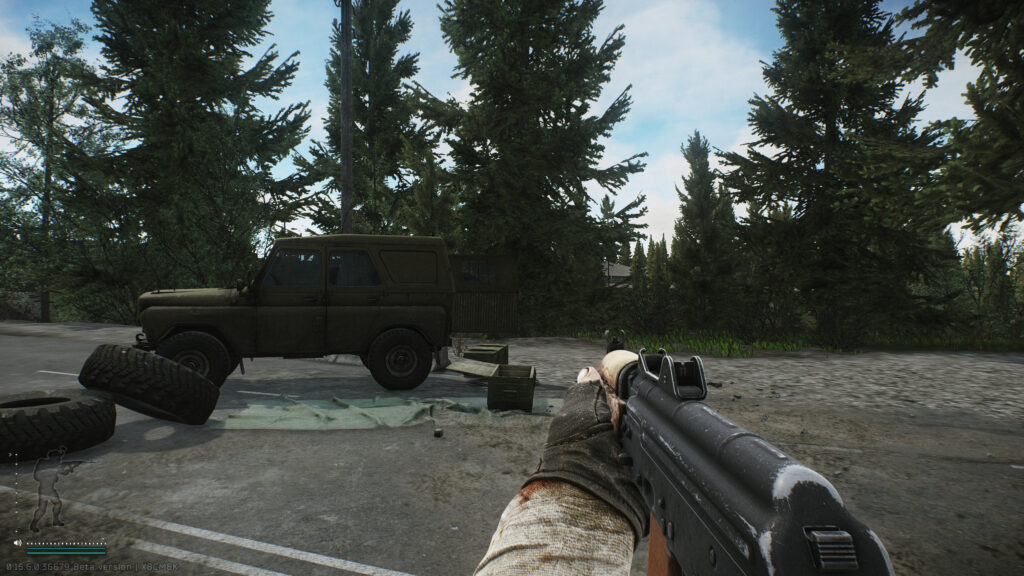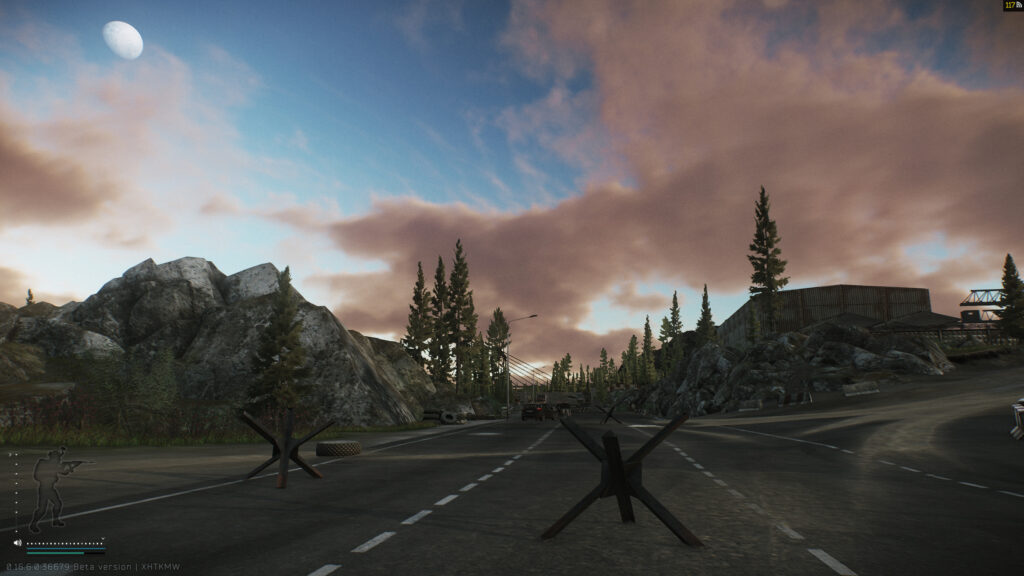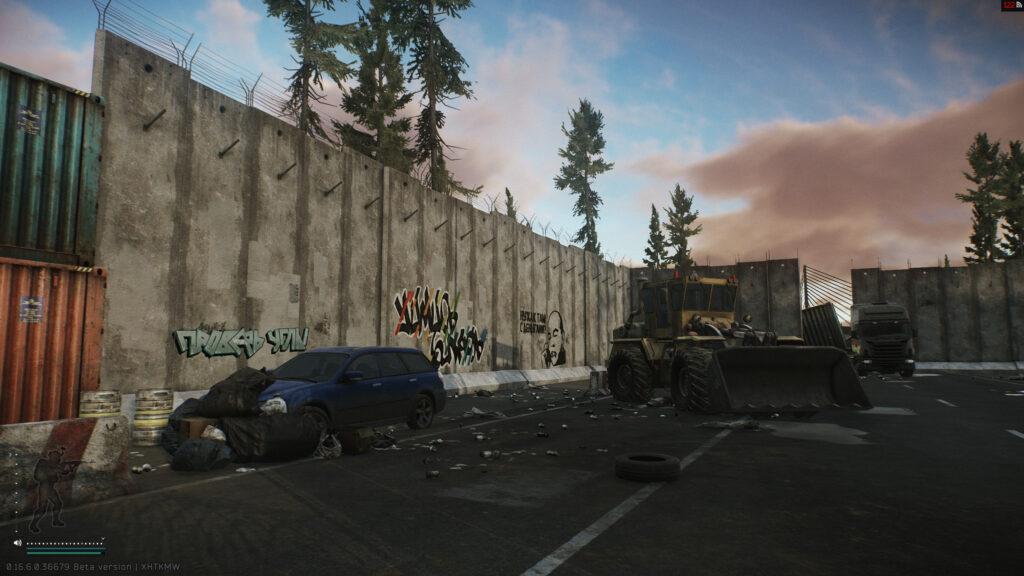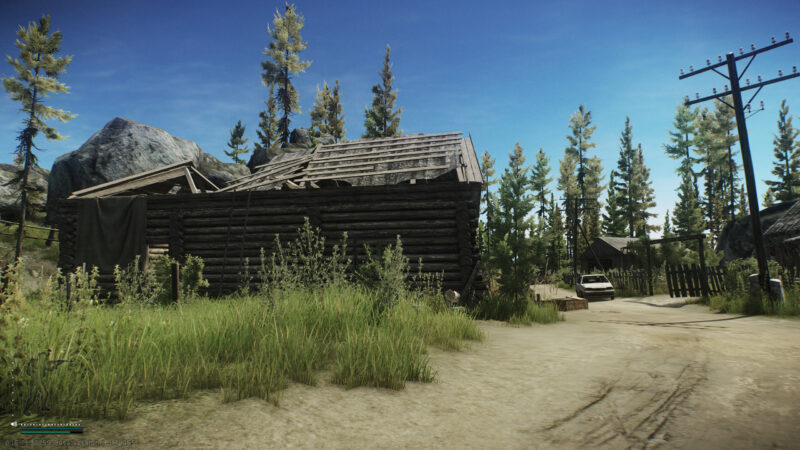Introduction
A Tarkov carry service means teaming up with an experienced player who leads you through a raid to help you finish specific tasks. You might book a carry for quest items, quick level gains, or loot runs. Using a carry service lets you skip trial‑and‑error attempts, repeat map runs, and long waits for rare items. Instead, you work with someone who knows spawn points, extraction routes, and boss locations.
This saves you hours you would otherwise spend learning maps and grinding tasks. In addition to cutting down playtime, a carry run can teach you tactics, gear choices, and route planning by letting you observe an expert at work. Throughout this article, you will learn how a carry service works from booking to follow‑up, what you need to prepare, and what happens during each stage of the run. You’ll see how clear communication, goal setting, and a solid plan make your session smooth and efficient. By the end, you’ll know exactly what to expect when you book a Tarkov carry service and how to get the biggest benefit from each run.
What a Carry Service Covers
A carry service can cover quests, level boosts, and loot‑only sessions. For quest help, the runner focuses on finding required items or defeating specific enemies that count toward your mission. They handle the toughest parts, like boss fights or rare item spawns, while you watch tactics or stay safe at a fixed spot. After each objective, progress updates in your game, and the runner moves on to the next target until the quest completes.

For level boosts, the operator aims for high‑experience actions: scav waves, player kills, or repeatable tasks. They chart the fastest path across the map to hit XP hotspots. At session’s end, you see a jump in your experience bar without the usual dozens of solo runs. Loot‑only runs skip combat encounters. The runner hits known high‑value loot areas, grabs items, and extracts quickly. All collected gear goes straight into your secure container. By focusing on one goal per session, carry services keep you on track and save you from time‑wasting detours.
Booking Your Session
Start by sending a clear request that lists your goal, map, and preferred time. Include details like quest name or item count if you need mission help, target experience percentage for a level run, or types of loot you want. Next, pick a time slot that matches your schedule and the operator’s availability. Many teams offer an online calendar with open slots, while others ask for a direct message in chat.

Once you confirm a slot, the operator sends meeting details: spawn location, communication channel (in‑game text or voice chat), and any special gear requirements. Before the raid, prepare your loadout based on the operator’s notes—for example, bring a certain ammo type or minimal gear if the operator supplies weapons. Double‑check your account access so you can join the runner’s squad or meet at spawn without login issues. A clear booking process sets expectations for both sides, cuts down on lobby time, and helps the session start right on schedule.
Meeting and Spawn Details
Before you load into the raid, you need clear directions for meeting the runner. Most operators share a brief outline in text or voice chat. This outline covers the exact spawn point, squad invite or invite code, and the voice channel link if you use Discord or Teamspeak. You should check your game settings to allow squad invites and confirm your mic works if you plan to use voice. If you prefer text only, let the operator know so they can send in‑game messages.

At spawn, join the runner’s group immediately. If you miss the invite window, use the agreed backup plan—either meet at a fixed map location or wait in a safe spot near the spawn. Some operators set a short timer (for example, two minutes) before they start moving; be ready so you don’t hold up the run. Make sure your gear matches any requirements the operator listed. For example, if they ask you to bring medical supplies only, leave heavy weapons at the stash to avoid slowed movement.
Key points to confirm before the run:
- Spawn location: Map name and exact spawn zone.
- Squad invite: How you’ll get added (in‑game invite or code).
- Communication link: Text channel name or voice server address.
- Gear notes: Any items you must bring or leave behind.
- Backup plan: Steps if you miss the initial invite.
Having these details in writing prevents confusion at the start and keeps the run on schedule. A smooth entry into the raid saves time and avoids forced reruns due to missed spawns or setup delays.
Live Raid Workflow
During the raid, the runner follows a set plan to hit your objectives. You either move with them or stay at a safe spot while they clear threats and gather items. Communication stays active so you know when to load, when to move, and when extraction is near. Below is a table showing the main stages of a carry run, what happens at each stage, and your role:
| Stage | Description | Your Role |
|---|---|---|
| Initial Spawn | Runner checks map markers and confirms spawn accuracy | Join squad or move to safe spot |
| Pathing to Targets | Runner follows the shortest route to your objectives | Follow or observe silently |
| Threat Clearance | Runner engages scavs, players, or bosses as needed | Stay hidden or provide cover fire if asked |
| Objective Check | Runner picks up items or defeats targets | Confirm progress via chat/voice |
| Extraction Prep | Runner moves toward the agreed extraction point | Load equipment and ready for exit |
| Extraction | Runner exits the raid, ending the session | Watch for runner signal and extract |
Each stage flows into the next with minimal downtime. The runner keeps you informed of major moves, such as a boss fight ahead or a hidden cache found. You don’t need to handle enemy combat unless you choose to; your main job is to stay in position and monitor progress. At every stage, clear communication helps you track what the runner is doing and prepares you for extraction.
Extraction and Delivery
Extraction marks the end of the live run and the moment you receive your rewards. The runner reaches the chosen exit point—such as a gate, shack, or van—and ends the raid. At that moment, all collected loot, quest items, or earned experience gets recorded in your stash or your profile. Operators often pause for a final check to confirm you received everything you requested.
If the extraction happens early due to a quick run or boss kill, the runner may offer to loop in for extra pickups or start a fresh run, depending on your agreement. If the raid takes longer than expected—perhaps due to heavy resistance or missing spawns—the operator might offer a partial retry or a time buffer if you booked enough slot time. Always review the session’s end rules before booking.
After extraction, you should verify that:
- Quest progress updated correctly in your journal.
- Loot items are in your secure container or on your character.
- Experience gain matches the target percentage if you booked a level run.
- Extra time or retry terms apply if the run ended early or late.
Clear end‑of‑run steps keep you from missing items or progress. A reliable operator confirms delivery and answers any final questions before wrapping up. This handoff completes the carry service and ensures you get the full benefit of the session.
Post‑Raid Follow‑Up
A good carry service does more than drop off loot. Many operators offer a short debrief where you can ask questions about route choices, gear swaps, or combat decisions you observed. This debrief might happen in voice chat for five to ten minutes or via text summary with key points. Some runners share screenshots showing map markers or gear setups they used. These follow‑up notes become a quick reference you can review before your next solo raid.

Operators also provide a contact channel for any issues that pop up after the session. If you notice a missing item or a quest didn’t update, you can send a message to resolve it. Many teams guarantee support for a set time—often 24 hours—after your run. This safety net ensures that glitches or misunderstandings get fixed without needing a whole new booking.
Common follow‑up features:
- Live Q&A on tactics and map routes
- Written summary with checkpoints and tips
- Screenshots or route diagrams for future reference
- Post‑run support window for issue reports
Taking advantage of post‑raid support turns a carry run into a learning step. You gain not only the items or experience you paid for, but also practical insights that speed up your solo runs in the future.
Conclusion
A Tarkov carry service guides you through raids with focused efficiency, saving you hours of solo grinding and increasing your success on quests, levels, and loot runs. By understanding each stage—from booking and spawn to live workflow, extraction, and follow‑up—you can set clear goals and prepare properly. Factors such as map choice, server traffic, operator experience, and your own readiness all shape how fast and smooth the session will be. Use the tips provided to communicate clearly, join on time, and track progress without distraction.
After extraction, review the debrief notes and apply learned tactics to your next solo missions. With careful planning and active participation, a carry service becomes more than a shortcut—it becomes a hands‑on tutorial that accelerates your Tarkov skills. Whether you aim to complete a tough quest, bump up your trader levels, or stock your stash with high‑value items, a well‑run carry session offers both immediate results and lasting lessons you can carry into every future raid.
